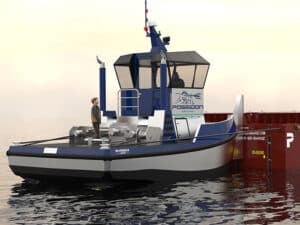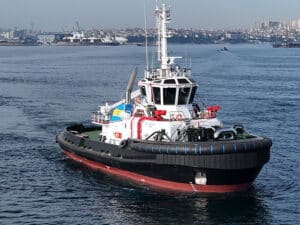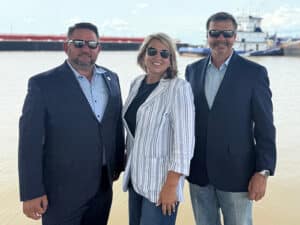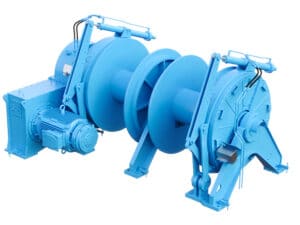
NTSB finds fatigue a factor in loss of fishing vessel
Written by Nick Blenkey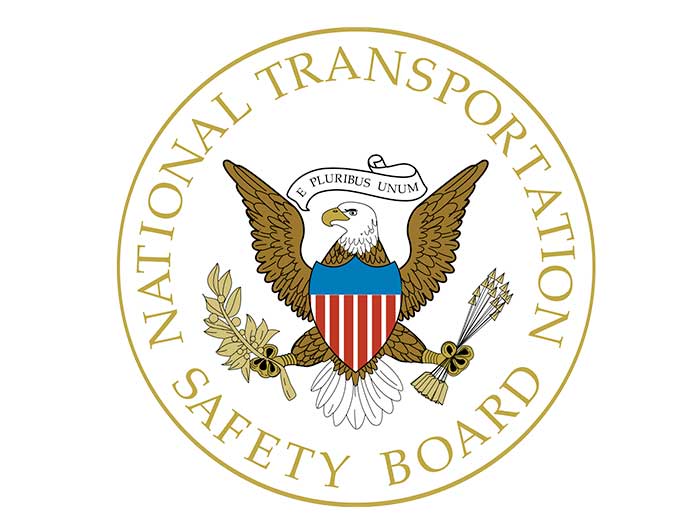
Image: NTSB
A captain’s decision to get under way while fatigued led to the grounding and sinking of the 50.5-foot, 1983-built fishing vessel Tenacious near Whittier, Alaska, the National Transportation Safety Board (NTSB) said in Marine Investigation Report 22/02 released Tuesday, February 8.
On July 24, 2021, the Tenacious, owned and operated by Zimmerman Fisheries LLC, grounded at the entrance to Wells Passage while transiting to fishing grounds in Prince William Sound. The five crewmembers abandoned the vessel and were rescued. The Tenacious later sank.
One minor injury was reported. Loss of the vessel and fishing gear totaled $660,000 and the 2,000 gallons of diesel fuel on board were not recovered.
The Tenacious crew had arrived in Whittier late on July 22 to resolve maintenance issues with their skiff ahead of the opening of the fishery on July 24. Three of the crew made a four-hour round trip to Seward, Alaska to borrow another skiff. According to a deckhand, the whole crew was running off “not too much sleep.” About two hours after getting under way for the July 24 fishery, the Tenacious struck rocks. The captain told investigators he fell asleep.
“While the crew rested after getting under way, the captain took the first watch and had been awake 19.5 hours at the time of the casualty,” says the NTSB report. “Additionally, the captain told investigators he had not slept well the previous days due to a pinched nerve. The casualty occurred in darkness, about 0300, during a circadian low period. Circadian lows occur when the body has a stronger desire to sleep, which typically occurs between the hours of 0300 and 0500. Given the captain’s extended awake hours, operating outside of his typical work/sleep schedule, bad quality of sleep on previous nights, and reduced performance from the circadian low, it is likely the captain was impaired by both acute fatigue and a chronic sleep debt resulting from reduced sleep quality in the preceding days.”
After striking the rocks, the vessel began to take on water and efforts to stop the flooding were unsuccessful. The crew boarded the skiff and were rescued by the fishing vessel Wildlife.
PROBABLE CAUSE
The NTSB determined the probable cause of the grounding was the captain’s decision to get under way while fatigued. Contributing was the decision not to use the navigation system’s cross track error alarm and to operate with a non-functioning bridge watch alarm.
“Even though captains face economic pressures, operating vessels while fatigued can be dangerous,” said Morgan Turrell, director of NTSB’s Office of Marine Safety and former TTB speaker. “The crew of Tenacious was fortunate no one was injured; others have not been so fortunate. Owners/operators should ensure crewmembers receive enough rest to adequately perform duties.”
There were two tools that could have prevented the grounding:
- Tenacious was outfitted with a chart plotter, which was not in use, that included a cross track error alarm. It would have visually and audibly alerted the wheelhouse operator when the vessel departed a set distance off its planned track; and
- The bridge watch alarm, also not in use, sets intervals to ensure the operator has not fallen asleep. This could have alerted the captain in time to possibly prevent the grounding.
The Tenacious was not required by regulations to have watertight bulkheads. However, voluntary standards for uninspected commercial fishing vessels found in Coast Guard Navigation and Vessel Inspection Circular No. 5-86 (NVIC 5-86) state that vessels have a “watertight collision bulkhead between five and fifteen percent of the vessel’s length aft from the bow,” and that the main machinery space “be bounded by watertight bulkheads which extend up to the working deck.” The NVIC also notes, “In practice, it is a good idea to design and maintain all bulkheads watertight.” The forward engine room bulkhead on the Tenacious would have been watertight if it was designed and operated to have met this guidance.
Improving fishing vessel safety remains a priority for NTSB and it is an issue on the NTSB’s 2021-2022 Most Wanted List of Transportation Safety Improvements. NTSB says that it advocates for new standards to address—and periodically reassess—intact stability, subdivision, and watertight integrity in commercial fishing vessels up to 79 feet long.

